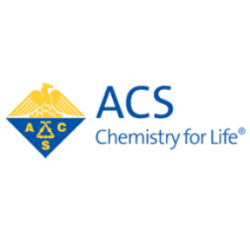Student groups use four or five Snap Cubes to make as many different objects as possible to investigate the question: How many different objects can be made by rearranging four cubes?
Objective
Students will be able to explain that the parts of an object can be rearranged to create a new object. Students will also get a sense of the number of different objects that can be created from a small number of parts and will apply this to modeling atoms and molecules.
Key Concepts
- An object made of small parts can be taken apart and the parts can be rearranged to make a new object.
- Matter is made up of very small parts called atoms.
- Atoms in different numbers and combinations make different molecules.
NGSS Alignment
- NGSS 2-PS1-3: Make observations to construct an evidence-based account of how an object made of a small set of pieces can be disassembled and made into a new object.
Note: The NGSS performance expectation does not specifically make a connection between rearranging “a small set of pieces” and the idea of rearranging atoms to form different molecules. The lesson goes in this direction to build the concept that matter is made up of a relatively small set of building blocks called atoms and that atoms can be arranged in different ways to make molecules and all the different substances around us.
Summary
- Students are introduced to the idea that a small number of units or pieces can be used to make different objects and that the pieces from one object can be taken apart and put together in different ways to make new and different objects.
- Student groups are given four Snap Cubes and guided to use the four cubes to make eight different objects.
- Each student is given a picture of one of the possible 29 different objects that can be built from five snap cubes and students build their object.
- After students build their object, all 29 are displayed for the class to see.
- Students do an anagram activity to see that letters, like atoms, can be rearranged to make different words, molecules.
Evaluation
Copy the Anagram Worksheet (PDF) and distribute one per student when specified in the activity. The activity sheet will serve as the Evaluate component of the 5-E lesson plan.
Back to 2nd Grade lessons




